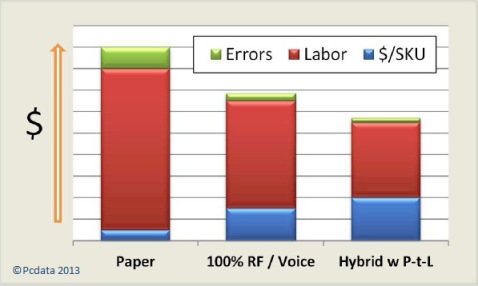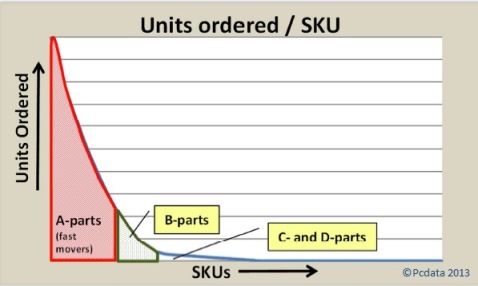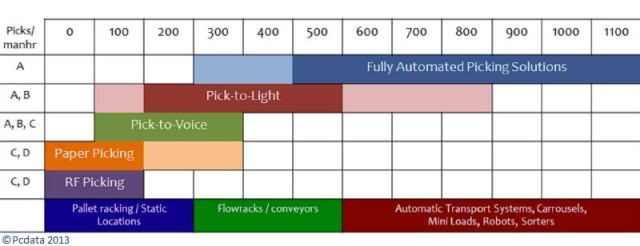
Picking Made Simple : 20% of SKUs Represent 80% of Orders
by Thomas R. Cutler | August, 2013
Manufacturing Insights
Automation, Control & Plant Intelligence - Articles, Analysis, Reviews, Interviews & Views

by Thomas R. Cutler | August, 2013
Manufacturing Insights



YOU MAY LIKE:
Popular Articles
Manufacturing Insights